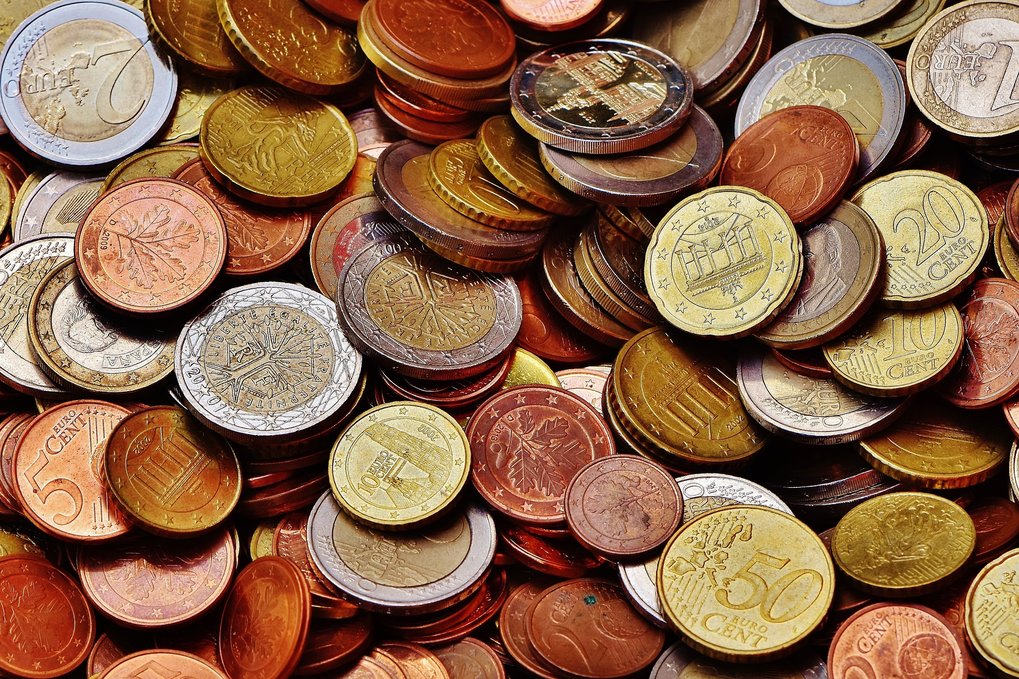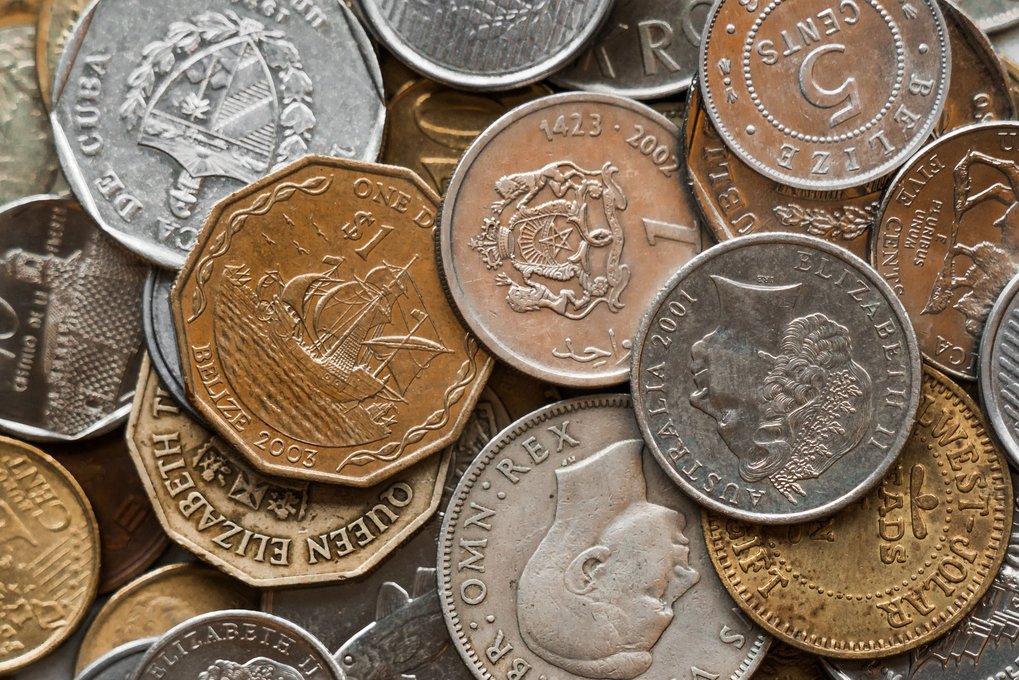Using insights from psychology, linguistics and economics, researchers investigate the properties of coined money in 182 modern currencies for underlying principles of design
In a new paper published in Cognition, researchers Barbara Pavlek, James Winters and Olivier Morin of the Minds and Traditions (Mint) group at the Max Planck Institute for the Science of Human History attempt to "reverse-engineer" cash, demonstrating that the properties of modern coins all over the world reflect underlying cognitive mechanisms and communicative needs.

Coins of most modern currencies display their values in writing or numerical marks, but in everyday transactions a coin's physical properties (size, weight, color) and graphic designs (distinctive images) are equally important for telling coins apart and avoiding embarrassment in the check-out line. Given the ubiquity of coins in both modern and historical currencies, they should be designed in such a way that these properties communicate monetary values to users quickly and easily, but is that really the case?
To examine how the properties of coins reflect their value, the researchers analysed 1132 coins from 182 modern currencies, and found that the design of coins resolves the tension between informativeness and simplicity, attempting to help users find the right coin quickly without having to memorize too many designs. Analysis revealed that coins of higher value were more likely to display distinct graphic designs and that the relationship between the size of a coin and its value is logarithmic, reflecting cognitive biases in the way humans estimate value and magnitude.
Coin designs mark high value differentials
Given previous research demonstrating that the appearance of cash can influence the way people spend it, the researchers set out to see whether the properties of coins reflect the cognitive biases that affect economic behavior. They began by grouping the sample of coins into adjacent pairs - neighboring denominations within a currency, e.g. the 1 and 2-euro cent coins, the 2 and 5-euro cent coins, the 5 and 10-euro cent coins, etc. They then built logistic models to predict whether the coins in the adjacent pair would have the same design and color and whether the difference in value would correlate with the difference in size.
The researchers found that the higher the difference in value between the coins in the pair, the more likely it was that the design and color of the coins would differ. "The fact that coin designs are more informative for high value differentials confirms one of our main predictions," says Olivier Morin, "and it shows that human communication creates categories that satisfy an informativeness-simplicity trade-off while respecting functional constraints."
A logarithmic representation of value
Evidence from economics and psychology suggests that there are multiple factors influencing the way our minds represent magnitudes and navigate economic transactions. Both marginal utility theory and psychophysics imply that our minds create a logarithmic relationship between a sum of money and the utility we can derive from it. In line with this, the authors found that coin sizes track coin values on a logarithmic scale.

"This study links the research on the perception and use of coins in everyday transactions to studies on numerical cognition and informational efficiency of human systems of categorical labels," says Barbara Pavlek. "It also shows that the design of everyday objects is not trivial: the ergonomics of coined money should be taken in account to avoid potentially costly confusion."
Researchers hope that the results of this study will promote ergonomic currencies and help avoid costly design errors. Overall, the findings show coin designers to be intuitive psychologists, making imperfect but clear use of sound cognitive and ergonomic principles.






